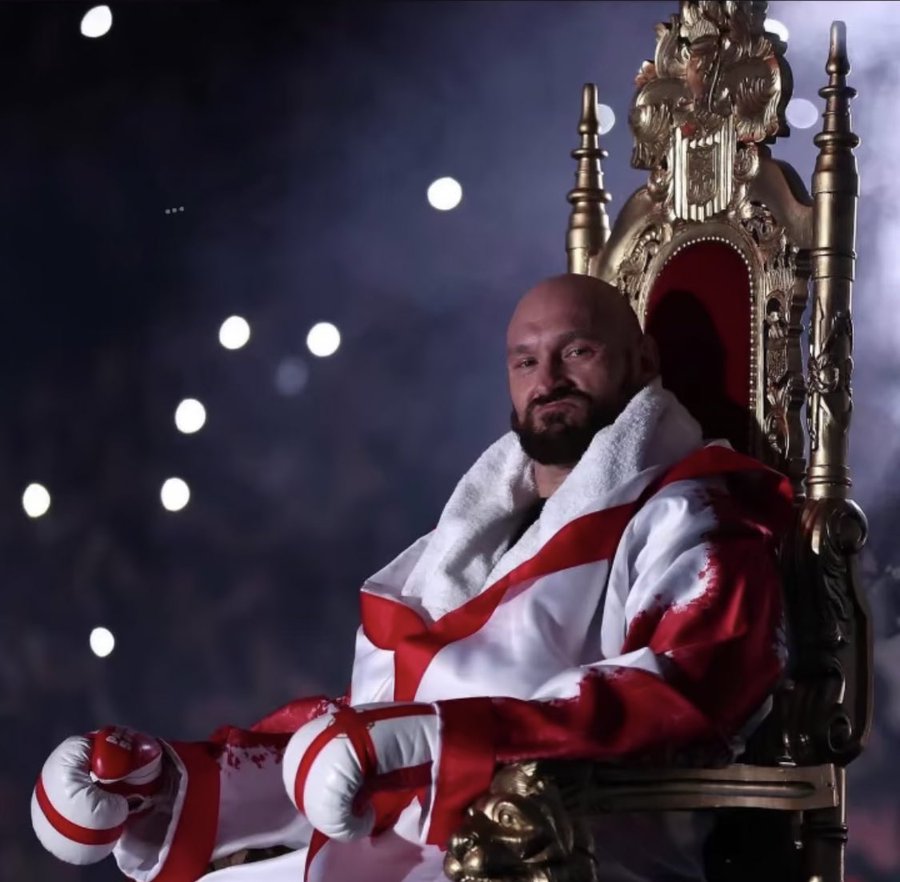By the time Helio Gracie had finished with competitive fighting, the next generation of the Gracie family was ready to pick up the ball and run with it. Helio’s last conqueror – Waldemar Santana – was later bested four out of six times by Carlson Gracie, Carlos’ son and Helio’s nephew. Helio’s son, Rorion, also carried on the family tradition, and although he did not become as distinguished a fighter as Carlson, he played a much more critical role in the advancement of mixed martial arts as a sport.
It has been said by some that the original rules for the Ultimate Fighting Championship were specifically designed to favor the Gracies and their brand of ju-jitsu. Although there is some basis for it, from a historical perspective, it is not completely accurate.Rorion Gracie eventually situated himself in Los Angeles, where he found some work as an actor but mostly pursued his passion, which was mixed martial arts. He taught his share of students in a makeshift dojo in his garage, and eventually grew his base of clients, some of whom were very much a part of the Hollywood community. He also inherited another thing from his father – a penchant for challenging other martial arts to one-on-one fighting, as way of testing one discipline against another.
Rorion tried to make a match, under live, competitive conditions, against world champion kick boxer Benny Urquidez. He had sparred with the Los Angeles-based early star of the kick boxing universe, known as “The Jet,” but was looking for an outlet by which to measure himself against one of the world’s best. That match would have offered a great contrast in styles – Rorion, as a proponent of the Brazilian ju-jitsu style developed and popularized by his father, sought to get his opponent to the mat and apply submission techniques, while Urquidez was the stand-up fighter, adept at using his hands and feet in combination to their fullest advantage.
The Gracie-Urquidez never came off, but the $100,000 Rorion had offered Urquidez if he were to win (or even draw) in such a fight formed the basis of something that would springboard mixed martial arts into its “golden age.” The $100,000 Gracie Challenge was literally a mixed martial arts event, and it was simple – beat Rorion Gracie and win the money. An article about Rorion was published in Playboy magazine, and this caught the attention of a lot of people.
One of those people was a marketing executive named Art Davie, who saw something fascinating in what Gracie was doing. he wanted to come up with a new concept to sell to an advertising client, and thought that the combination of different kinds of fighting was something that would resonate well with a new generation of fans who may not be satisfied with boxing and who had a different kind of attention span.
The way he looked at it at first was in terms of the compilation of old and new videos of Rorion, along with members of his family, engaging in martial arts contests against others. There was an instructional and entertainment element to it. Davie called it “Gracies in Action” and found it was popular with a growing niche of fans. But he sought to take it to another level. If there was an audience for boxing, and some for kick boxing, and still more for wrestling, why would there not be an audience who would pay money to watch these kinds of fights on pay-per-view? Not only could this be an event, but Davie, and Rorion, were confident enough in the art of Brazilian ju-jitsu that they thought such a contest would elevate sales of the Gracie videotapes into the stratosphere.
And so was born the basic elements of the “Ultimate Fighting Championship,” though it was far from accomplished
Going from “War” to “Ultimate”
The event that eventually became the Ultimate Fighting Championship was originally called “War of the Worlds” by Art Davie. Whether or not he’d have had trademark problems with that is unknown. But it wasn’t a bad name, because what Davie was outlining was going to bring together a lot of different worlds – that of karate, wrestling, judo, ju-jitsu, boxing, and variations of them all. Who was the best? Which martial art was most effective? Davie’s concept was to promote the advancement of those kinds of questions. And while competitions between the different disciplines was not so unique, it had existed as a cult thing, mostly outside the United States. What he wanted to do here was bring it before the masses, and over the same platform that the major events in boxing and wrestling had sold themselves over.
Pay-per-view television.
Davie thought that War of the Worlds could be the type of oddball event that would produce great visuals and was ideal to reach a new audience on pay-per-view, since it was clearly going to be rejected by the rather conservative programming minds that were behind the over-the-air and cable networks. Mainstream acceptance might come, but it was going to be a gradual process. However, there was a niche, and one that had growth potential, that could turn these kinds of fighting events into successes on a number of different levels.
After failed attempts at dealing with the “big shots,” Davie approached a small but sharp outfit called the Semiphore Entertainment Group, which cut its teeth doing entertainment acts such as the New Kids on the Block and Andrew “Dice” Clay. In dealing with concerts, for example, SEG did not have any appreciable ownership in the product it was promoting, aside from the pay-per-view telecast itself. Anxious to be involved with an event it could have some equity in, SEG eventually was very open to Davie’s proposal.
That was a key for a few reasons. One was that it was a “yes” instead of a “no,” which Davie has received when he approached Viewer’s Choice, the biggest pay-per-view distributor in the U.S. (which eventually morphed into In Demand) and SET (Showtime Event Television), which had been distributing boxing presentations promoted by Don King. Another reason was that SEG was a forward-thinking organization which was at least managing to hold their ground as an independent distributor of PPV programming. Also, though, one of the partners in SEG was Bertelsmann, a German-based media, music and entertainment conglomerate who, if the situation dictated it, could put as much money as needed on the table to take it to the next level.
All that had to happen was for the first event to be a success. One of the first steps toward that was settling on a name. There were a lot of ways to go. Davie, as mentioned, had originally tagged it the “War of the Worlds.” But there was going to be an official designation of the winner as some kind of champion; after all, that was the purpose of the contest itself. So why not integrate that into the moniker the event would take on?
So would the winner be the World’s Best Fighter? The World’s Hand-to-Hand Combat Champion? The World Martial Arts Champion? There were a number of names discussed. What was finally settled upon – as devised by a marketing associate of SEG – was Ultimate Fighting Championship, since it was hard argue that anything was above what could be “ultimate.”










Pingback: รวมโรงงานจีน